Broccoli Spigariello
$4.95
Brassica Oleracea
- Seed Count 500
- Leaf Broccoli
- Biennial
In stock
Description
Broccoli Spigariello is an Italian leafy green that tastes a lot like broccoli. But unlike broccoli, you eat the leaves instead of the flowers. The plant grows just like kale, but produces small broccoli-like florets late in the season. Every part of the plant is edible and the new growth is tender enough to eat raw right off the plant.
While often likened to rapini in that it does not make a central broccoli “head”, it is much less pungent with a bigger and more heavily branching frame. The narrow, very dark green leaves, develop a wonderful wavy, curvy, twisting form as the plant matures, making for a striking bunch at the market and beautiful addition to braises, sautés, pizzas, and soups.
The hearty flavour is something of a cross between broccoli leaves and Tuscan kale and is perfect for rustic Italian cuisine. Somewhat unusual in the Brassica family, it has white flowers, suggesting that it originally came to southern Italy from Asia as a descendant of Chinese broccoli.
It’s very easy to grow. If you don’t give in to temptation and eat it prematurely, each seedling will grow into a big, sturdy plant. I think of them as broccoli trees. You harvest the leaves as you need them, leaving the plant intact to generate more leaves. Eventually, it produces the tiny white flowers that the bees love.
| Method: Sow direct | Soil Temp: 7°C - 30°C |
| Cool Mountain: Sep - Mar | Position: Full sun |
| Arid: Jan - Jul | Row Spacing: 50cm apart |
| Temperate: Sep - Apr | Planting Depth: 3mm |
| Sub Tropical: Feb - Jun | Harvest: 60 Days |
| Tropical: Mar - Jun | Plant Height: 1.2 m |
Sowing Methods
Starting in Seed Trays
- Pros: Controlled germination, pest protection, ideal for small spaces.
- Cons: Transplant shock risk.
Steps:
1. Soil: Use a seed raising mix (pH 6.0–7.5).
2. Sowing: Plant seeds 3 mm deep, 2–3 seeds per cell.
3. Environment: Keep moist at 15–20°C; germination in 5–10 days.
4. Transplant: At 4–6 weeks (4–6 true leaves), harden off over 7 days. Space 50 cm apart.
Direct Sowing
- Pros: Less labour, no transplant shock.
- Cons: Vulnerable to pests/weather.
Steps:
1. Soil Prep: Loosen soil, add compost or aged manure.
2. Sowing: Plant 3 mm deep, 2–3 seeds every 50 cm. Thin to strongest seedling.
3. Watering: Keep soil consistently moist; mulch to retain moisture.
Growing Conditions
Sunlight: Full sun (6–8 hours daily).
Soil: Well draining, rich in organic matter. Avoid waterlogging.
Water: Deep, regular watering (avoid overhead to reduce disease).
Fertiliser: Apply balanced liquid feed (e.g., seaweed solution) every 2–3 weeks.
Companion Planting Guide
Good Companions:
- Alliums (garlic, onions): Deter aphids and cabbage moths.
- Herbs (dill, mint, rosemary): Repel pests and attract beneficial insects.
- Lettuce/Spinach: Shallow roots avoid competition.
- Marigolds/Nasturtiums: Trap aphids and deter nematodes.
Avoid Planting With:
- Other brassicas (kale, cabbage) to reduce pest buildup.
- Nightshades (tomatoes, potatoes) due to incompatible nutrient needs.
Pest & Disease Management
Pests: Cabbage moths (use row covers), aphids (spray with soapy water), slugs (beer traps).
Diseases: Downy mildew (improve airflow).
Harvesting
Leaves: Harvest outer leaves when 15–20 cm long (cut and come again).
Shoots: Snip tender flower shoots before buds open.
Seed Saving Guide
Step 1: Select Plants
- Choose healthy, vigorous plants with desirable traits (leaf shape, pest resistance).
Step 2: Overwintering
- Mild Winters (e.g., QLD, NSW coast): Leave plants in ground.
- Cold Winters (e.g., TAS, VIC highlands): Dig up roots, store in damp sand at 0–4°C, replant in spring.
Step 3: Pollination Control
- Isolation: Plant 800m–1.6km from other Brassica’s varieties.
- Bagging: Cover flower buds with mesh bags to prevent crosspollination.
Step 4: Harvesting Seeds
- Seeds mature when pods turn brown and dry (6–8 months after flowering).
- Cut pods, dry indoors for 1–2 weeks, then crush to collect seeds.
Step 5: Storage
- Store in airtight containers in a cool, dark place (viable for 4–5 years).
Troubleshooting Tips
Bolting: Caused by heat or water stress. Plant in shade cloth during warm spells.
Yellow Leaves: Check for nitrogen deficiency or overwatering.
Postage Charge
Orders under $30 attract a $4.95 shipping charge. Orders $30 and above have free shipping.
Order Times
Seed orders are normally dispatched within three business days. You will receive an email when seeds are mailed out.
Postage Days
Seeds are mailed out Monday to Friday at 1pm. Except for the Friday of long weekends.
Postage Times
WA 2-3 Days: SA,NT 3-5 Days: NSW, ACT, QLD, VIC: 5-7 Days
Carrier
We use Australia Post Letter Postage for the majority of orders
Not only are our seeds packed in recycled paper envelopes, we keep the theme going when we post out website orders. To protect your seeds from moisture and the letter box munchers (snails), we use a very special plastic free material made from plants. They are then put into recycled mailing envelopes. Green all the way 💚🌿

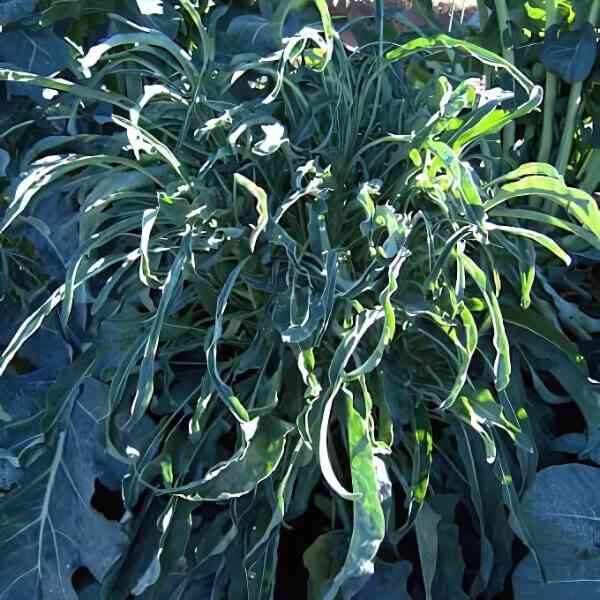
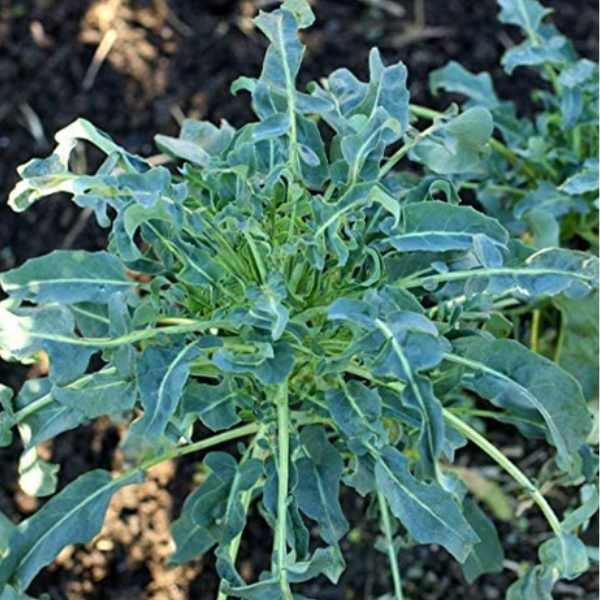




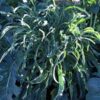


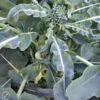
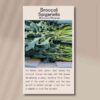

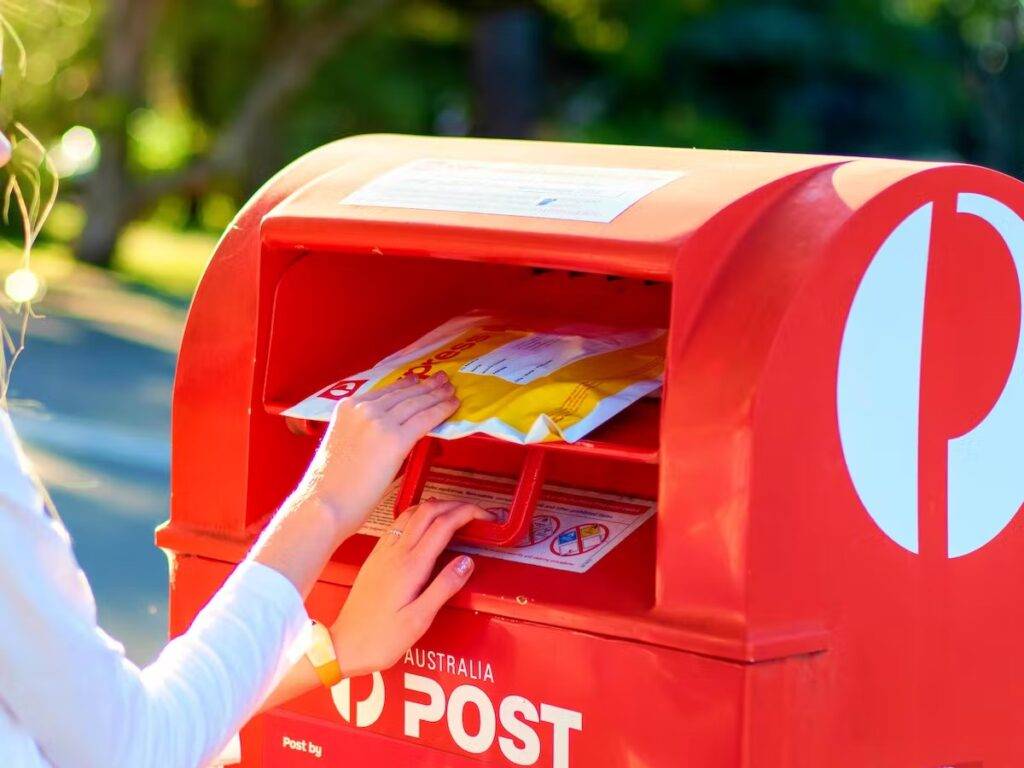

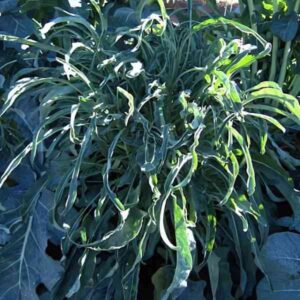
1 review for Broccoli Spigariello